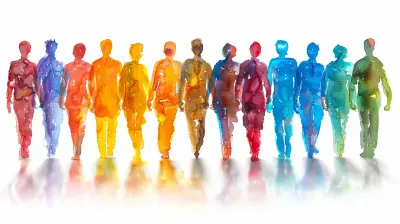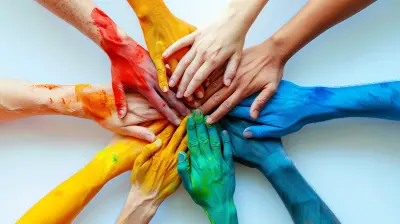Encouraging Collaboration Through Project-Based Learning
5 August 2025
Collaboration is the heartbeat of success in the real world. Whether it's in the workplace, academia, or even day-to-day life, the ability to work efficiently with others is a skill that should be nurtured early on. But let's be honest—traditional classroom settings often prioritize individual achievement over teamwork. This is where Project-Based Learning (PBL) comes into play.
PBL is more than just another educational buzzword; it's a game-changer. It places students in real-world scenarios where they must solve problems together, fostering both critical thinking and collaboration. But how exactly does it work? And more importantly, how can educators implement it effectively to encourage teamwork? Let’s dive in. 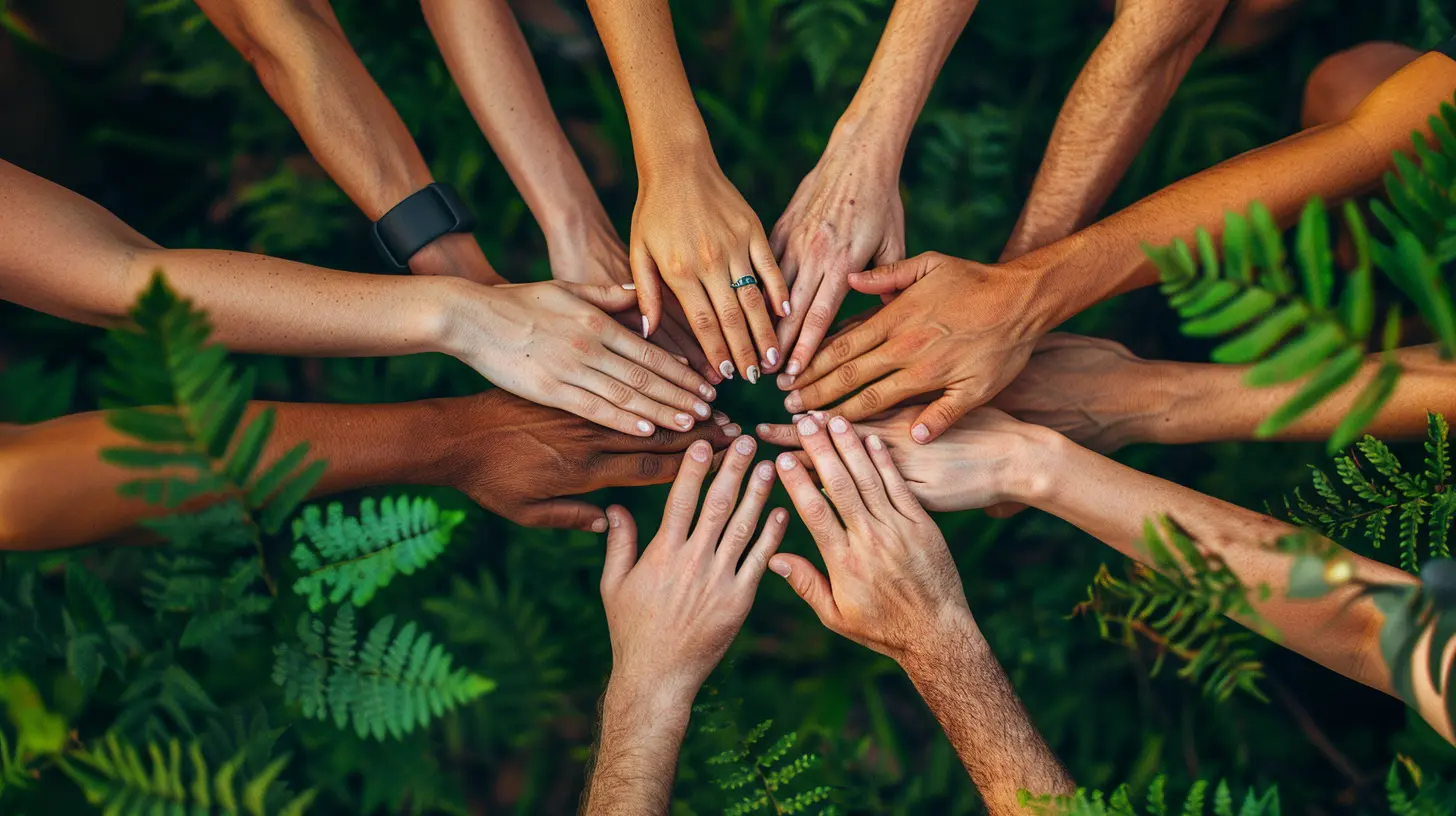
What Is Project-Based Learning?
Project-Based Learning is an instructional approach where students learn by actively engaging in meaningful projects. Instead of rote memorization, students apply their knowledge to real-world challenges, often working in teams.Imagine this: instead of simply reading about climate change in a textbook, students work together to create a campaign promoting sustainable practices in their school. They conduct research, design posters, present findings, and maybe even start an initiative. The learning process becomes organic, immersive, and collaborative.
This hands-on method differs from traditional learning because it:
- Promotes critical thinking by encouraging students to find real solutions.
- Enhances engagement since students take ownership of their work.
- Develops soft skills like teamwork, time management, and conflict resolution.
Now, let’s look at why collaboration is at the core of PBL. 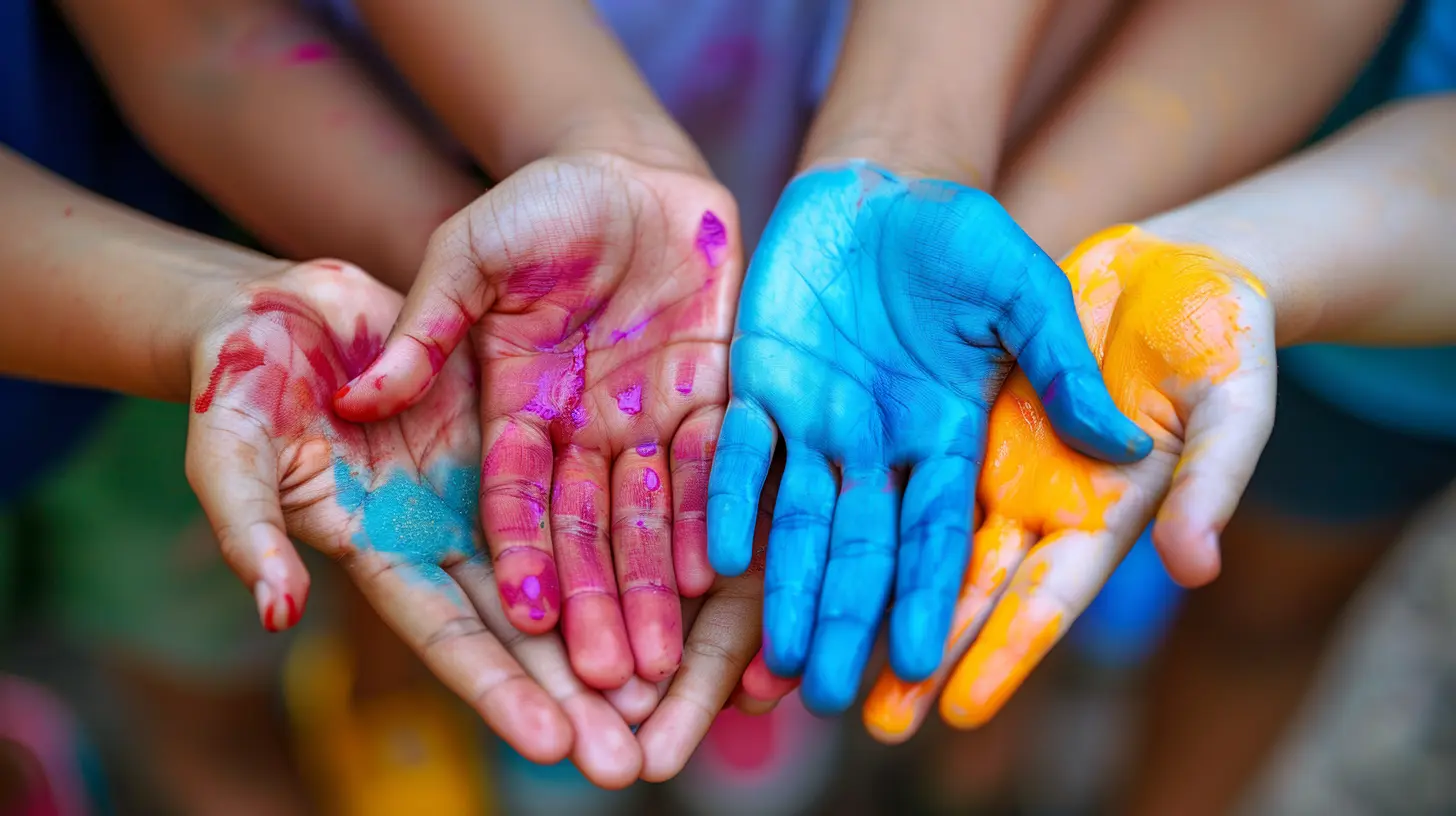
Why Is Collaboration So Important in PBL?
Let’s face it: teamwork isn’t always easy. We’ve all been in group projects where one person does all the work, while others seem to disappear into thin air. However, when done right, collaboration in PBL can mirror real-world teamwork, preparing students for professional settings.Benefits of Collaboration in PBL
1. Encourages Diverse PerspectivesEach student brings a unique set of skills and experiences. Through collaboration, they gain new insights and ideas that they may not have considered on their own.
2. Builds Communication Skills
PBL forces students to express their thoughts clearly and listen to others—essential skills in any profession.
3. Teaches Conflict Resolution
Disagreements are natural in any group setting. Learning how to navigate differences constructively ensures students are prepared to handle workplace dynamics.
4. Strengthens Accountability
When students rely on each other to complete tasks, they develop a stronger sense of responsibility and commitment.
5. Enhances Engagement
Learning becomes a shared experience rather than an isolated task, making it more enjoyable and meaningful.
Now that we’ve established why collaboration is critical, how can educators make it work effectively? 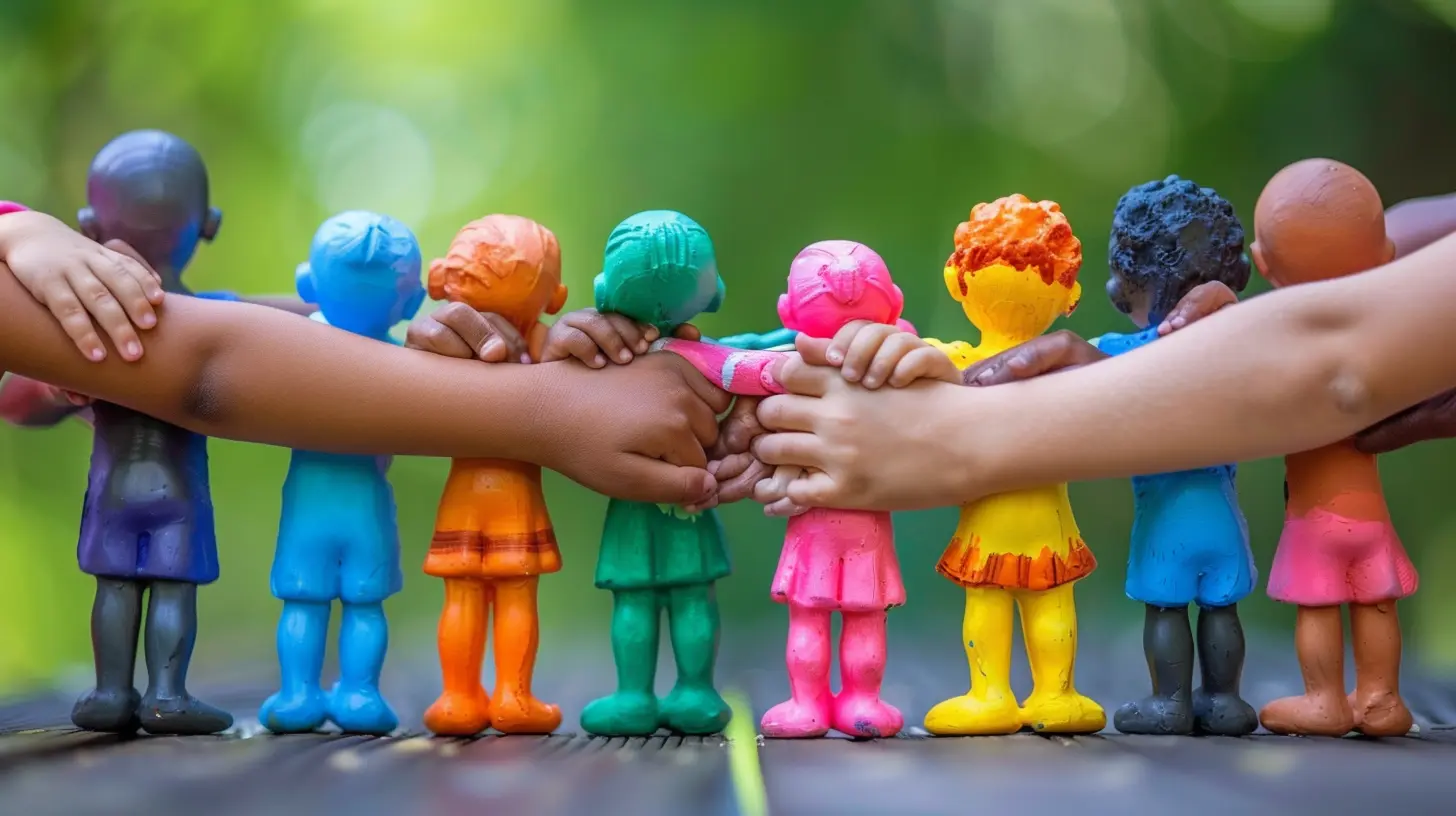
How Educators Can Encourage Collaboration in PBL
1. Design Projects That Require Teamwork
Not all projects are created equal. If one student can complete the entire task alone, it's not truly a collaborative project. Instead, design projects where different roles and skills are necessary.For example, a project about designing a sustainable city could involve:
- One student handling research.
- Another working on the digital design.
- Another creating a budget.
- Another presenting the findings.
This ensures everyone contributes and plays to their strengths.
2. Establish Clear Group Roles
Ever been in a group where no one knows what they’re supposed to do? Chaos ensues. To prevent this, establish defined roles such as:- Project Manager – Oversees progress and keeps the team on track.
- Research Specialist – Gathers relevant information.
- Creative Director – Handles design and visuals.
- Presenter – Communicates findings to an audience.
When students understand their responsibilities, teamwork flows smoothly.
3. Encourage Open Communication
A team that doesn't communicate will crumble fast. Encourage students to:- Hold regular check-ins.
- Discuss problems openly.
- Provide constructive feedback.
Introduce tools like collaborative digital platforms (Google Docs, Trello, or Slack) to facilitate communication.
4. Teach Conflict Resolution Skills
Disagreements are inevitable, but they shouldn’t derail productivity. Educators can help by:- Teaching active listening skills.
- Encouraging students to find win-win solutions.
- Acting as a mediator when necessary—but letting students resolve conflicts independently when possible.
5. Incorporate Peer Assessments
Sometimes, students feel frustrated if they're putting in more effort than their peers. Regular peer evaluations allow them to assess each other’s contributions fairly.For example, using anonymous feedback forms can help balance effort levels and improve accountability.
6. Create a Safe and Inclusive Environment
Not all students are outgoing or comfortable working in groups. Encourage inclusivity by:- Pairing stronger communicators with quieter students to build confidence.
- Ensuring every student’s voice is valued.
- Addressing group dynamics to prevent dominance by one or two members.

Real-World Applications of Collaboration in PBL
To see the true power of collaboration, let’s look at some real-world applications of PBL.STEM Challenges
In science and engineering, students can work in teams to design robots, bridges, or experiments. These projects promote problem-solving and innovation.Entrepreneurship & Business Projects
Students could launch a small business, handling everything from marketing to budgeting. They not only collaborate but also get a taste of real-world business operations.Community Service Initiatives
Projects that involve solving problems within the community encourage social responsibility while developing teamwork.Multidisciplinary Projects
Combining subjects like history, literature, and technology allows students to see issues from multiple perspectives while working together.Overcoming Challenges in Collaborative PBL
Of course, implementing PBL isn’t always smooth sailing. Some common challenges include:1. Unequal Participation
Solution: Assign clear roles and use peer assessments.2. Time Management Issues
Solution: Set strict deadlines and encourage students to create a timeline for tasks.3. Conflict Among Group Members
Solution: Provide conflict resolution strategies and let students negotiate solutions.4. Lack of Creativity or Engagement
Solution: Allow student choice in projects to keep them invested.Final Thoughts
Project-Based Learning isn’t just about completing assignments—it’s about preparing students for the real world. By working together to solve meaningful problems, students develop critical collaboration skills that will benefit them for life.So, if you're an educator looking to transform the learning experience, consider embedding collaboration at the heart of your next project. Because when students learn to work together, they’re not just gaining knowledge—they’re gaining confidence, empathy, and the skills necessary for future success.
all images in this post were generated using AI tools
Category:
CollaborationAuthor:

Fiona McFarlin
Discussion
rate this article
1 comments
Devin Rhodes
Love this article! Project-based learning truly fosters teamwork and creativity. Let’s inspire our students to collaborate, share ideas, and create amazing projects together—imagine the possibilities! Keep shining!
August 16, 2025 at 3:24 AM

Fiona McFarlin
Thank you for your kind words! I'm thrilled to hear you feel the same way about project-based learning and its potential to inspire collaboration and creativity. Let's keep encouraging our students to shine!
